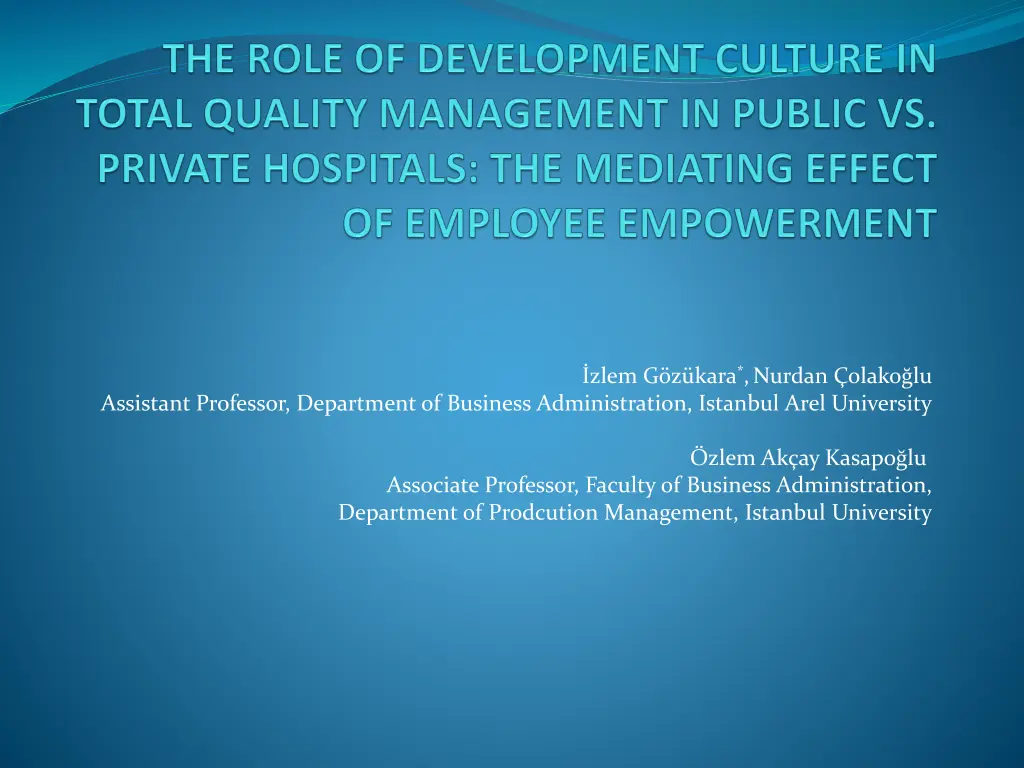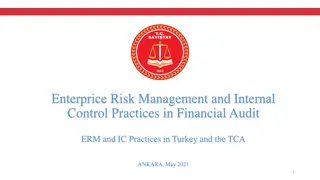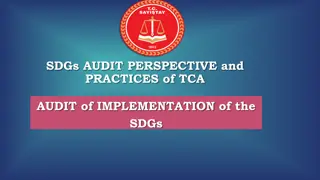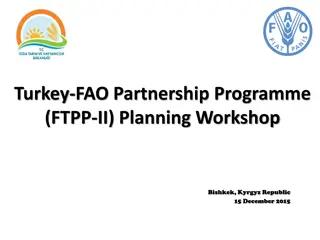
Understanding Quality: Definitions, History, and Total Quality Management
Explore the concept of quality through definitions by notable figures such as J.M. Juran and P.B. Crosby, learn about the origins of quality dating back to Hammurabi, and delve into Total Quality Management's evolution. Quality is examined from various perspectives including customer satisfaction, meeting requirements, and more. Discover the essence of quality and its significance in different contexts.
Download Presentation

Please find below an Image/Link to download the presentation.
The content on the website is provided AS IS for your information and personal use only. It may not be sold, licensed, or shared on other websites without obtaining consent from the author. If you encounter any issues during the download, it is possible that the publisher has removed the file from their server.
You are allowed to download the files provided on this website for personal or commercial use, subject to the condition that they are used lawfully. All files are the property of their respective owners.
The content on the website is provided AS IS for your information and personal use only. It may not be sold, licensed, or shared on other websites without obtaining consent from the author.
E N D






















